Yamashita’s Gold
Did the world’s biggest plundered treasure fall into the hands of the U.S. government after WW2?
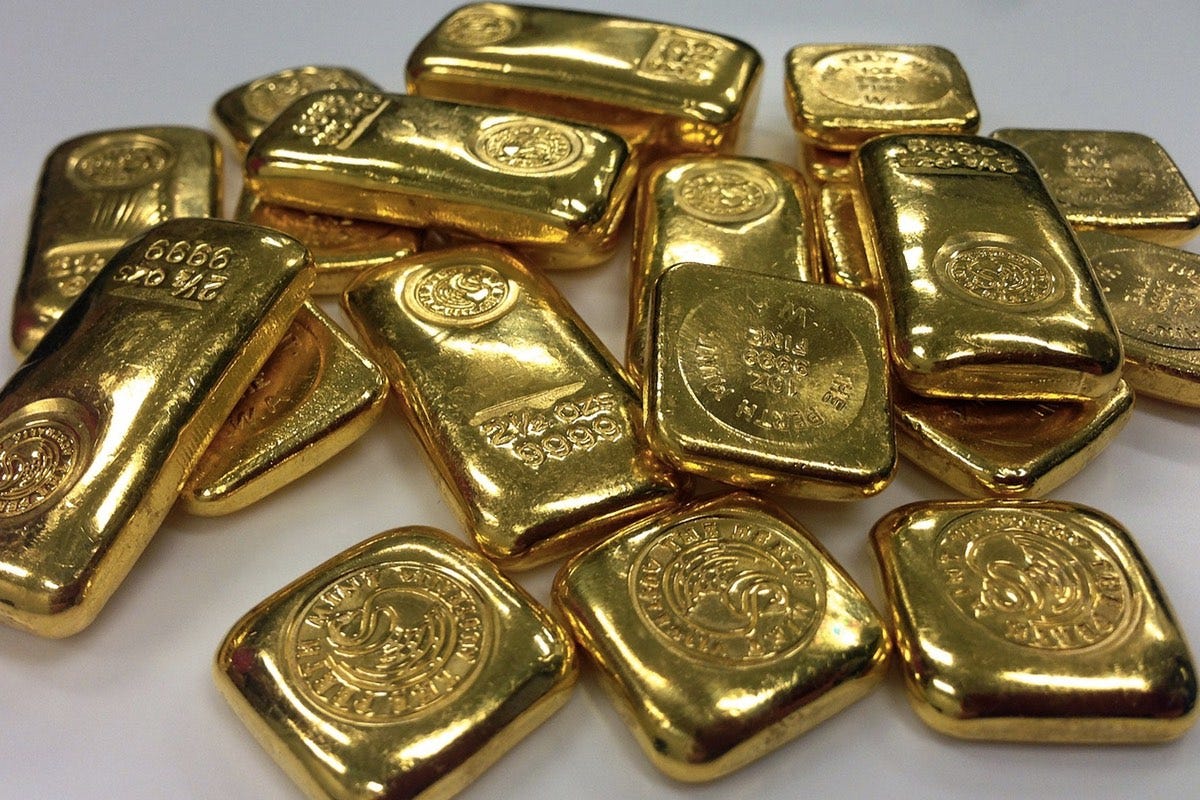
In
the closing months of WW2, as American troops closed in, General
Tomoyuki Yamashita of the Japanese Imperial Army committed the latest in
a string of terrible war crimes.
It
was in a huge tunnel complex dug by the Japanese at the Cagayan Valey
in the Philippines. Inside the tunnel was treasures of a staggering
proportion.
Labeled tunnel
8, this was just one of 175 tunnels dotted around the Japanese occupied
islands of the Philippines. Each filled with billions of dollars worth
of gold, jewels and priceless statues and art.
The
Japanese army had spent the last 8 years engaging in the biggest
plunder in history. Rampaging through China, Korea, Malaysia, and
Indonesia, they systematically stripped the countries of wealth built up
over thousands of years.
In
the process, the Japanese Army committed a grisly catalogue of bloody
atrocities and war crimes, gang rapes, mass murders and pillaging of the
like rarely seen in history.

That
night in early June 1945, with Japan’s war against the Americans about
to be lost, General Yamashita hurridly oversaw the last burials of gold
and treasure.
Prince Takeda,
of the Japanese Royal family, had helped devise and build the tunnels
to hide the treasure. They called the operation ‘Golden Lily’ after a
poem written by Emperor Hirohito.
Each
site was carefully constructed using a host of specialist engineers
along with enslaved Filipinos and allied POWS forced into backbreaking
labor in the searing heat.
That
night, Takeda took all 175 of his staff into a bunker in tunnel 8 to
celebrate their latest achievement. After several hours of drink and
song, Takeda and Yamashita quietly slipped away.
The
tunnel’s entrance was then blasted with dynamite and sealed. The men
inside, if they did not commit suicide, were left to suffocate to death
taunted by the vast riches surrounding them.
The
slave laborers suffered the same fate. Takeda and Yamashita did not
enjoy their grim work, but they had no alternative — it was the only way
to be certain the location of the treasure houses would not get out.
Prince
Takeda fled back to Japan by submarine. Yamashita took what was left of
his army to the north of the country where he held on against
overwhelming American opposition before surrendering on September the
2nd.
If this story wasn’t
already amazing enough, what would happen next would have a profound
effect on the history of the world. It also remained completely and
utterly secret. A secret still hidden even today.

American
intelligence had already learned of the incredible Japanese plunder
before the end of the war. Undercover operatives had tracked boats
disguised as hospital ships to the Philippines and watched as the
treasure was unloaded.
For
the Americans, the loot was fair game. Asian gold was largely
unaccounted for in international finance, and the possibility of it
falling under communist control had to be avoided at all cost.
The
idea of using war loot to fund black operations had previously been
discussed by senior figures in the American government in 1944. Such
riches could be used as a vast secret slush fund to help in the post-war
fight against communism.
But
Yamashita was swiftly tried for war crimes, some thought unjustly and
with undue haste. With the general appearing daily in front of
international observers and news cameras, they were unable to torture
him for information about the burial sites.
Instead,
they turned to his staff. A young Captain seconded from the OSS, Edward
Lansdale, and an American-Philippino torture specialist, Santa Romana,
turned their attention to Yamashita’s personal driver.
It
wasn’t long before he broke and agreed to lead the Americans to 12 of
the vaults he had driven Yamashita to in the north of Manilla. What
Landsdale and Santa found inside was staggering.
Row
after row of gold bars, piled head high. Tons of platinum. Ceramic jars
full of jewels and diamonds. Magnificent solid gold buddhas. Priceless
artwork. This one vault alone was worth billions in 1945 dollars.
The
men were stunned by their find. They immediately reported back to
General MacArthur and then traveled to Washington to brief President
Truman.
It was here that a
pivotal decision was made — the loot had to remain secret. Repatriating
such vast treasures would be a logistical minefield, especially with
many of the countries it was stolen from under communist control.
Furthermore,
revealing the existence of such huge sums of precious metals would
cause the gold price to plummet, and currencies around the world pegged
to gold to crash. Truman feared an economic bloodbath.
But
most of all, the huge sums generated by the Golden Lily treasure could
afford the U.S. incredible power in the cold war. Such an immense,
covert slush fund could manipulate governments around the world, buy
elections and bankroll near limitless black operations.
For
the next 2 years, the Americans worked to recover hundreds of billions
of dollars worth of treasure from the tunnels in the Philippines, after
which it was deposited under utmost secrecy at over 170 banks across the
world.

These
Golden Lily funds would have many guises over the next 50 years — the
M-fund, the Yotsuya fund and the Black Eagle Trust. All would be used to
bribe, subvert and manipulate governments around the world in favor of
U.S. interests.
In that
time, the hundreds of thousands, if not millions of people of South East
Asia, tortured, raped and enslaved by the Japanese struggled to find
justice.
And the untold
wealth stolen from these people seemed to have disappeared without a
trace. The Americans even saw to it that Japan would not have to pay any
reparations to the countries it ransacked.
This
is the incredible tale of the Golden Lily treasure set out in great
detail in Sterling and Peggy Seagrave’s book ‘Gold Wars’.
It
would make a terrific Hollywood movie. But how much truth is there in
the story? Is it more wartime legend and myth-making than fact?
Did Golden Lily exist and did the Americans really appropriate it as a vast black budget slush fund?
Evidence for
1. A hole in history
Even
those who don’t believe in the story of the Golden Lily treasures
recognize the scale of Japanese atrocities in South East Asia during
WW2.
The brutality of their
rampage across Asia, massacring an estimated 30 million Chinese,
Filipinos, Malays, Vietnamese, Cambodians, Indonesians and Burmese, is
one of histories darkest chapters.
An
estimated 200,000 Chinese were massacred in the Rape of Nanking alone.
The Japanese assault on the then Chinese capital was notorious for the
widespread gang rape, murder, and arson.

The
cruelty inflicted on the population were barely conceivable. 2 Japanese
soldiers had a contest to be the first to behead 100 people. Pregnant
women were bayoneted in the stomach. The horror was off the scale.
Their
looting at Nanking was also colossal. Museums, temples, government
buildings and shops were stripped bare. Japanese soldiers left behind
the ruins of a city littered with corpses, pulling cartloads of
treasures.
This picture of
systematic looting by Japanese troops was observed throughout the war
and featured heavily in allied reports in the aftermath.
The
great mystery here is where this plundered wealth went. For when the
Americans moved in and took control of the rebuilding of Japan after the
war, they told the world that the country was broke.
The
contrasts between post-war Japan and Germany are telling. The Allies
launched an aggressive campaign of denazification in Germany and
declassified all the records detailing Nazi war crimes.
In
the post-war era, successive German governments have recognized their
responsibility to amend for their crimes and have paid out around $45
billion in reparations to the victims. These payouts continue to this
day.
In Japan, the story was
quite different. Since the end of the war, only $3 billion has been
paid out to victims of Japanese atrocities. This is massively dwarfed by
the figure the country has paid out to those responsible for the crimes
in compensation.
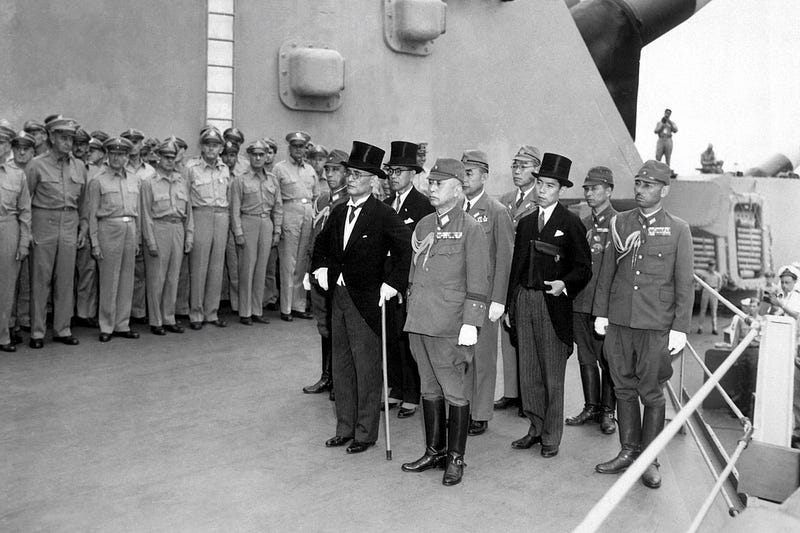
In
American occupied post-war Japan, only a handful of the worst war
criminals were executed. Many others were put back in charge of the
country. The Japanese royal family, thought by many to be sponsors of
the looting, were portrayed as innocent victims.
Nobusuke Kishi, once charged with war-crimes, would even go on to become the Prime Minister of Japan in the 1950s.
The
Americans also did their best to allow Japan to dodge reparation
claims. John Foster Dulles forced through a clause in a 1951 treaty that
exempted Japan and its corporations from paying compensation to the
victims of their wartime crimes, apparently because Japan was broke.
This
astonishing clause is still cited in the American senate today to deny
victims long sought after justice. It flies in the face of the massive
economic boom Japan went through in the post-war period, becoming one of
the largest economies in the world.
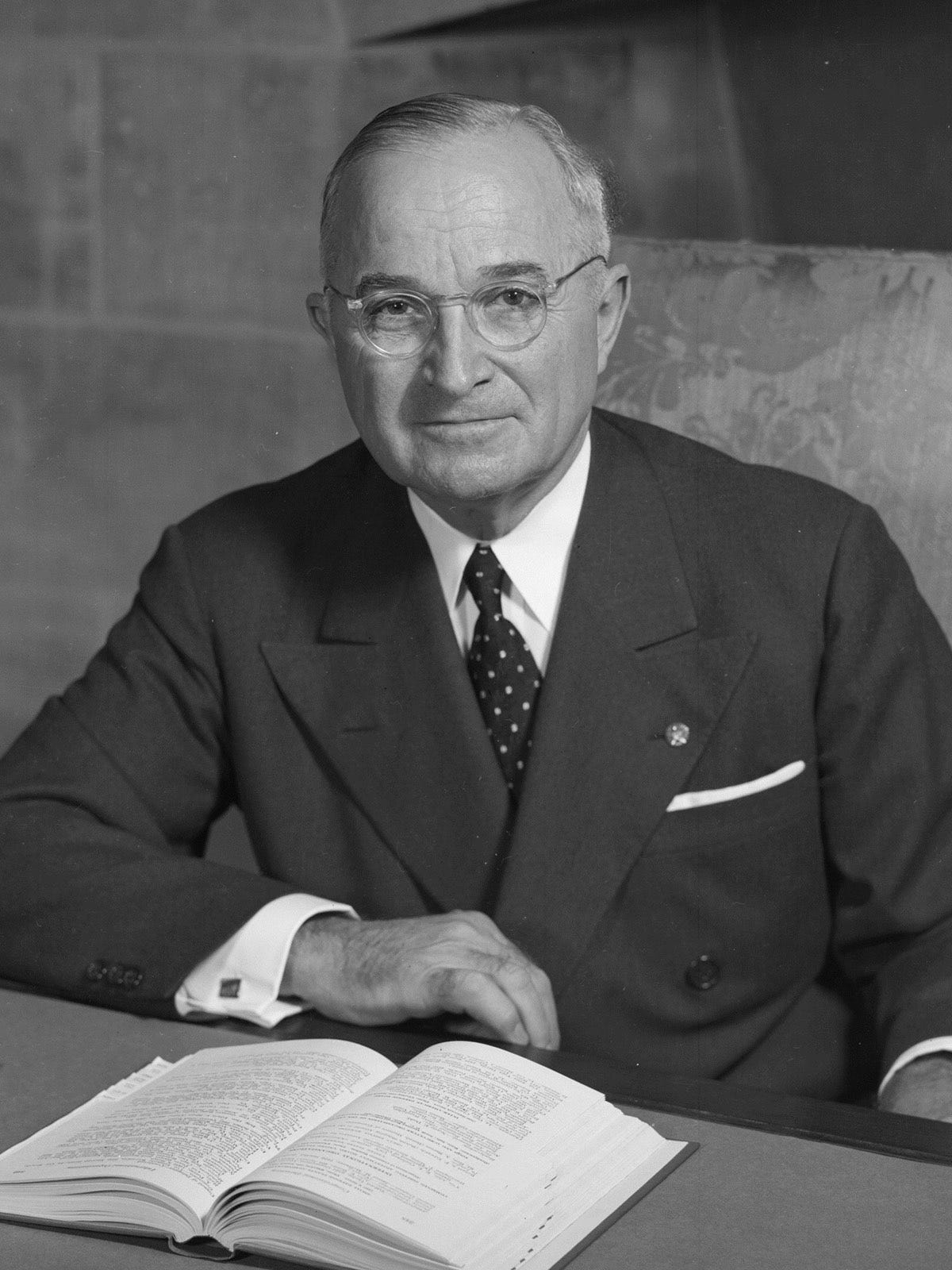
It
also left a hole in history. The enormous wealth everyone knows the
Japanese looted from Asia during the war had vanished without a trace.
The Americans didn’t have it. Japan was bankrupt. And not a penny had
been returned back to those it was stolen from.
Had
these billions really just disappeared or was the world been sold a
giant lie? Was this money now in American bank accounts around the
world? And was some of it still buried under the ground in the
Philippines?
2. The Affair of the Golden Buddha
In
the decades that followed the war, treasure hunters would be out in
force in the Philippines looking for the Golden Lily treasure vaults. In
1971, one man finally hit the jackpot.
Rogelio
Roxas, a Filipino locksmith, had been given a map by a Japanese soldier
in the 1960s. After years of digging he and his small band of men found
a tunnel complex hidden behind a hospital in the mountain resort of
Baguio.
The tunnels were
elaborate and the men feared booby traps. After days of painstaking
excavation, they found a passageway full of the skeletons of Japanese
soldiers.
These, it seems, were the unfortunate men entombed by Yamashita and Prince Takeda when they sealed the vaults in 1945.
Investigating
further, the crew found speculator treasure. A 1-ton solid gold Buddha
and crate after crate of gold bars. More gold than the men could
possibly handle.
They hit
upon a plan. They would take and sell the Buddha and use the money to
hire trucks and equipment to extract the rest of the treasure. This,
sadly, would prove to be a terrible mistake.
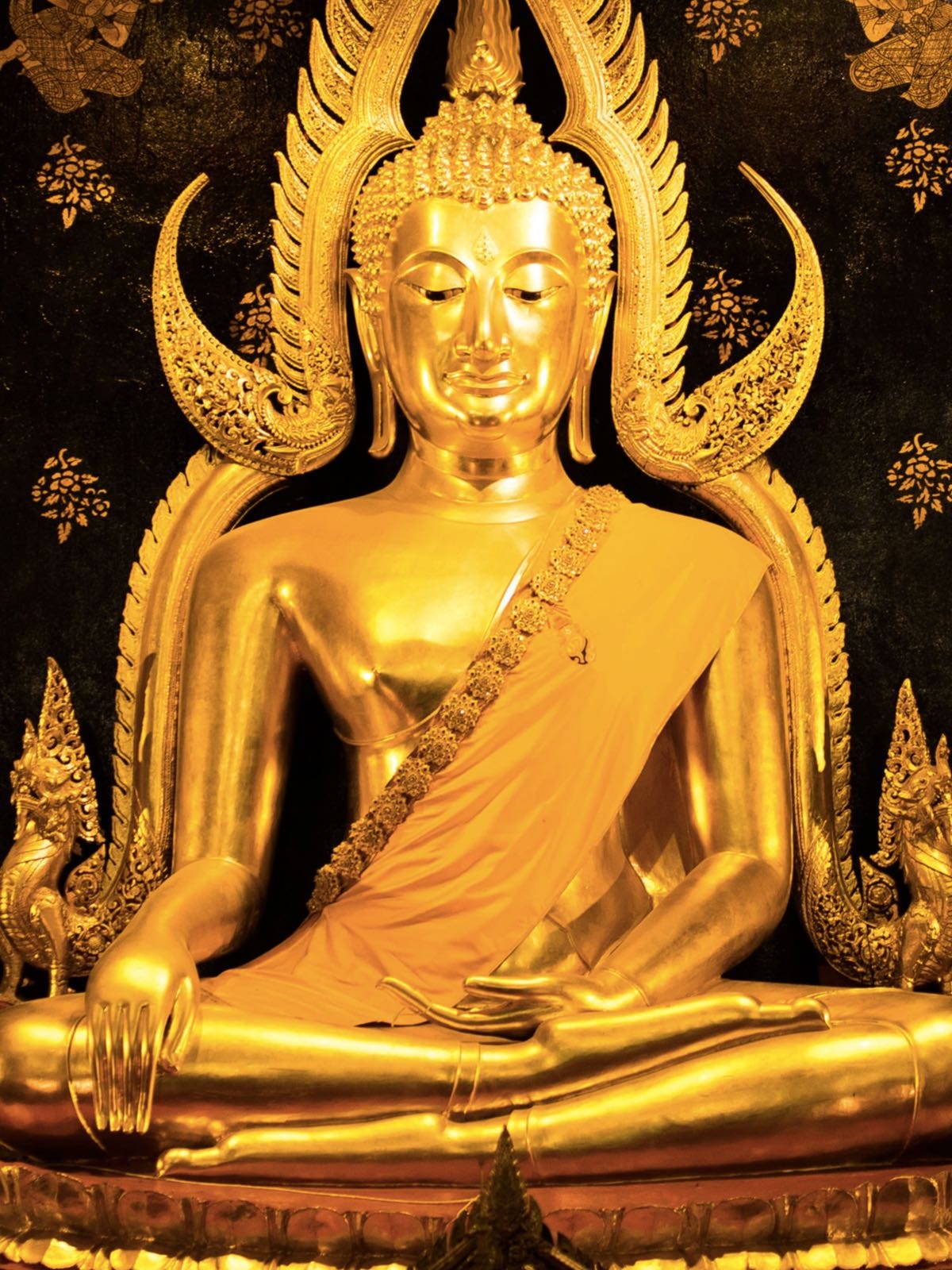
News
of Roxas’ discovery had reached the Philippines’ avaricious dictator
Ferdinand Marcos. He sent his soldiers to Roxas’ house to ransack the
place and steal the Buddha.
Roxas
foolishly went to the press and local prosecutors to complain about the
theft. Opposition leaders sensed a chance to embarrass Marcos and
seized upon Roxas’ allegations.
An
inquiry into the golden Buddha affair was called by the senate, where
much evidence about the theft and Marcos’ corruption was presented to
the court. The president was furious and vowed revenge.
The
senators weren’t aware that the extraordinary row over the theft of the
Buddha would ultimately lead to the end of democracy in the Philippines
altogether.
The next year,
at an opposition rally protesting Marcos’ rule, grenades were thrown
into the crowd, killing 10 people. Although it was evident Marcos
himself was responsible, he blamed communists and declared marshal law.
Habeas
corpus was suspended and Marcos had his opponents rounded up and
jailed. Democracy in the Philipines had died and Marcos had tightened
his ruthless grip on the country.
All
the while, the president would have his soldiers repeatedly capture and
torture Roxas and his men to try and locate the entrance to the
tunnels.
The prolonged
torture had turned Roxas into a physical wreck. Somehow though, he
resisted and did not talk. But one of his digging team did. After having
his teeth pulled one by one without anesthetic, Roxas’ friend Olimpio
Magbanua relented.
Marcos
had discovered the treasure vault’s location, and over the next year his
troops would extract an estimated 10,000 gold bars from the tunnels,
worth tens of billions of dollars.
The
story has a strange footnote. In 1996, after the deaths of both Marcos
and Roxas, a U.S. court in Hawaii awarded Roxas’ heirs a judgment of a
staggering $43 billion dollars against the Marcos estate.
To date, not a cent of it has been paid.
3. King Midas
Ferdinand
Marcos was the Philippines president from 1965 until his overthrow in a
popular uprising in 1986. Marcos was a cruel and brutal ruler who,
allegedly, got rich by stealing from his own people.
By
the time he was ousted in 1986, his wealth was officially estimated to
be $10 billion. However, some think this figure is only a fraction of
the true amount.

Marcos
himself privately boasted of much higher sums, perhaps as much as $1
trillion. And the source, he always claimed, was Yamashita’s gold.
Back
in 1974, Marcos was already a rich man when he emptied the Golden Lily
vault discovered by Roxas. But what he found inside made him fabulously
wealthy.
Even this, though,
was not enough for the pathologically greedy despot. He knew there were
more vaults yet to be found in the Philippines and was determined to
find them.
But Marcos had a
problem, the gold only made him theoretically rich. He couldn’t sell
plundered WW2 gold without its origins becoming obvious. To realize the
wealth, he had to make it look like it was mined in the Philippines.
In
1975, Marcos turned to an American mining engineer named Robert Curtis.
Curtis was an expert in changing the metallurgical fingerprints of gold
to disguise its origins.
Marcos
courted Curtis with talk of incredible stashes of WW2 loot hidden on
the island. He told Curtis he had acquired Japanese maps entrusted to a
Filipino man by none other than Prince Takeda himself, the architect of
Golden Lily.
Curtis couldn’t
resist the prospect of unearthing such huge treasures and agreed to
help Marcos follow the maps and find more Golden Lily vaults.
Together
they found 5 more of the tunnel complexes, piled high with dizzying
amounts of gold and jewels. Marcos, however, was not about to share the
treasure.
One day, he had
his men escort Curtis to the American military cemetery at Ft.
Bonafacio. Curtis was shocked to see one of the graves was freshly dug.
He realized, as the gun was placed against his head, that it was meant
for him.

The
American managed, somehow, to talk his way out of a bullet in the head.
He told the men he had the maps to the other vaults and Marcos would
never find them if they killed him. The bluff bought his life.
Having
narrowly escaped death, Curtis immediately fled the Philippines and
returned to the U.S. But the American did claim one small victory in the
sorry affair — he had photographed the treasure maps and could perhaps
return one day to resume the search.
Ferdinand
Marcos died in exile in 1989. It wasn’t until 1992 that his widow
Imelda first publically commented on the source of her husband’s vast
wealth. It was, she admitted, because of Yamashita’s gold.
According
to Imelda, her husband had become so rich from the looted gold that it
would have been ‘embarrassing’ to admit it. She estimated their true
fortune to be close to 1 trillion dollars.
Such
claims sound fanciful. But if Marcos really had found some of the
Golden Lily treasure vaults, they might well just be true.
4. Black budgets
If
the United States had claimed some of the Golden Lily treasures after
the war, what did they spend the money on? Is there any evidence for
programs that appear to have no discernable source of funding?
Recent
documents put into the public domain as part of the Edward Snowden
leaks place the U.S. intelligence ‘black budget’, that is spending not
paid for out of taxation or normal government revenue, at $52 billion a
year.
To put that into
perspective, the entire NASA budget in 2014 was $18 billion dollars. It
is larger than the entire defense budgets of major countries such as
Britain and France combined.

On
top of this, similar sums are spent by the U.S. military on black
budget top secret aircraft like the Aurora. Defense specialist Bill
Sweatman estimated that there were 150 secret programs in the Pentagon
that were not even known about by the White House.
Swetman
discovered many of these programs were dominated by private contractors
such as Lockheed Martin, but was unable to ascertain what the source of
this spending was.
Could it
be the vast horde of looted WW2 gold hidden in the Philippines by the
Japanese Army? The gold allegedly funneled by Edward Lansdale into
secret caches of covert funding like the M-fund and Black Eagle Trust?
Some
have speculated this unaccounted for money is generated by illegal
activity such as securities fraud and narcotics. Whilst undoubtedly the
U.S. has indulged in such activity, the sheer size of the black budgets
suggest some other, more esoteric source.
Perhaps that source is the legendary Golden Lily treasure.
Evidence against
1. X doesn’t mark the spot
For
50 years thousands of treasure hunters from all over the world have
searched the Philippines. Aside from the claims of Roger Roxas, not a
single one of them has found a thing.
The
Americans and Marcos are only thought to have found some of the
treasure vaults, and since Prince Takeda supposedly constructed 175 of
them, it seems unlikely more amateurs haven’t stumbled upon one.
Critics
also point out how unlikely a location the Philipines would have been
for the Golden Lily Treasures. By 1943, the Island was a battleground
and the Americans were in control of the seas.

Bringing
such huge amounts of gold to such an exposed area, with a high
likelihood of it falling into American hands, would have been irrational
when far safer countries such as Korea and Taiwan were available.
As
for Roxas, several parts of his story are suspect. After finding one of
the vaults, he says he took a solid gold Buddha to go sell to pay for
trucks and equipment to retrieve the rest of the treasure.
However,
the Buddha weighed almost a ton, making it cumbersome to extract from
the tunnel complex. It was also an extraordinary artifact that was
guaranteed to attract unwanted attention to Roxas’ find.
It
would also have paid for trucks and equipment a 100 times over. Yet at
the same time, Roxas says he found hundreds of small gold bars. It would
have made far more sense for Roxas to hide the Buddha and discreetly
sell a few of the small gold bars he found instead.
It’s
hard to imagine Roxas would not have known this. Indeed, as soon as he
started showing the Buddha to potential buyers the news got back to
President Marcos and Roxas found himself in deep trouble.
2. A circumstantial case
The
idea that the Americans, on discovering the Golden Lily treasures in
1945, secretly appropriated the loot and used it to set up a vast black
budget slush fund, is an attractive one.
However,
very little direct evidence exists to back it up. By the very nature of
something that is supposed to be so secret, no documentation exists to
properly validate the claims.
Furthermore,
the amounts of gold involved, some accounts put it as much as 300,000
tons, dwarfs the total amount of gold ever known to be mined in human
history, estimated to be around 150,000 tons.

The
figures seem improbable. Could such huge amounts of extra gold really
have remained completely unknown for so long? And could the Japanese
really have transported that much to the Philippines during the middle
of a world war?
The
existence of Yashmitas gold, the Golden Lily, and the Black Eagle Trust
do fit a hole in history like a jigsaw piece. But whilst the story is
strong on circumstantial evidence, hard facts are scarce.
Videos
Books




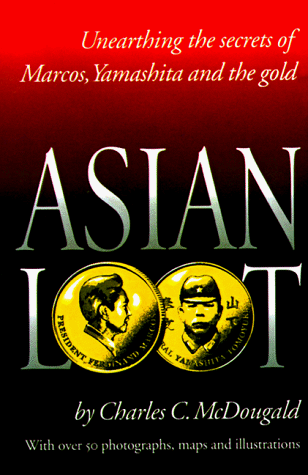

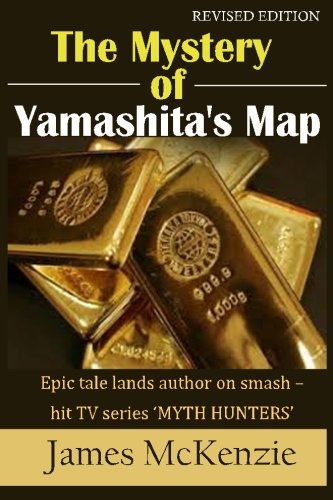
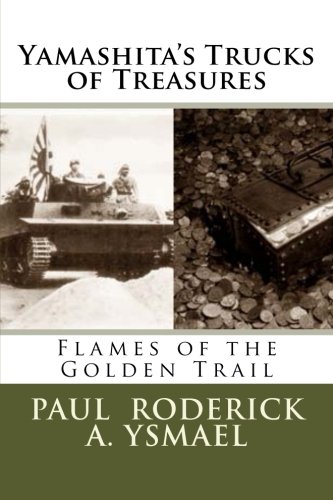

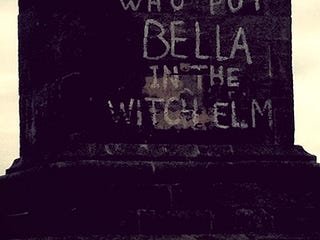
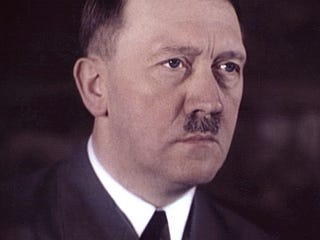
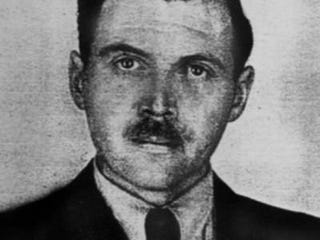
No comments:
Post a Comment